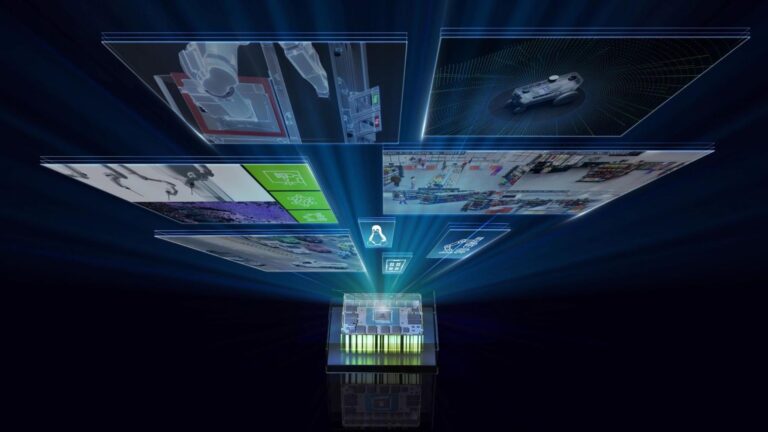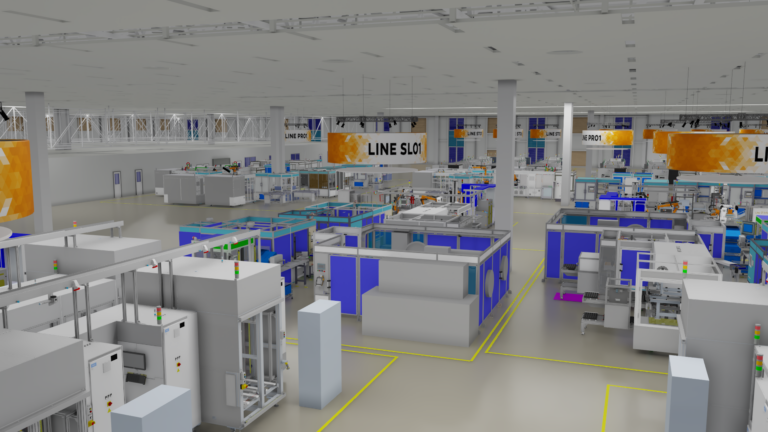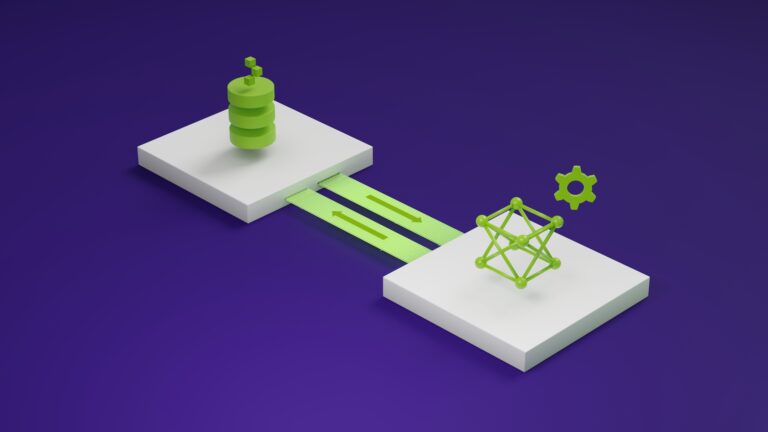 Visual language models have evolved significantly recently. However, the existing technology typically only supports one single image. They cannot reason among…
Visual language models have evolved significantly recently. However, the existing technology typically only supports one single image. They cannot reason among…
Visual language models have evolved significantly recently. However, the existing technology typically only supports one single image. They cannot reason among multiple images, support in context learning or understand videos. Also, they don’t optimize for inference speed. We developed VILA, a visual language model with a holistic pretraining, instruction tuning, and deployment pipeline that…

 With automotive consumers increasingly seeking more seamless, connected driving experiences, the industry has increased its focus on connectivity, advanced…
With automotive consumers increasingly seeking more seamless, connected driving experiences, the industry has increased its focus on connectivity, advanced… This week’s model release features DBRX, a state-of-the-art large language model (LLM) developed by Databricks. With demonstrated strength in programming and…
This week’s model release features DBRX, a state-of-the-art large language model (LLM) developed by Databricks. With demonstrated strength in programming and… At GTC 2024, experts from NVIDIA and our partners shared insights about GPU-accelerated tools, optimizations, and best practices for data scientists. From the…
At GTC 2024, experts from NVIDIA and our partners shared insights about GPU-accelerated tools, optimizations, and best practices for data scientists. From the…